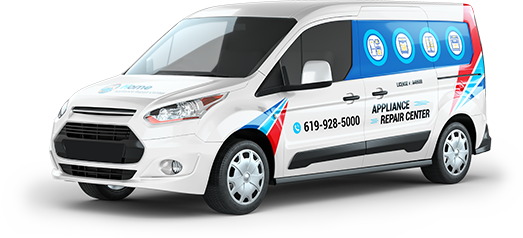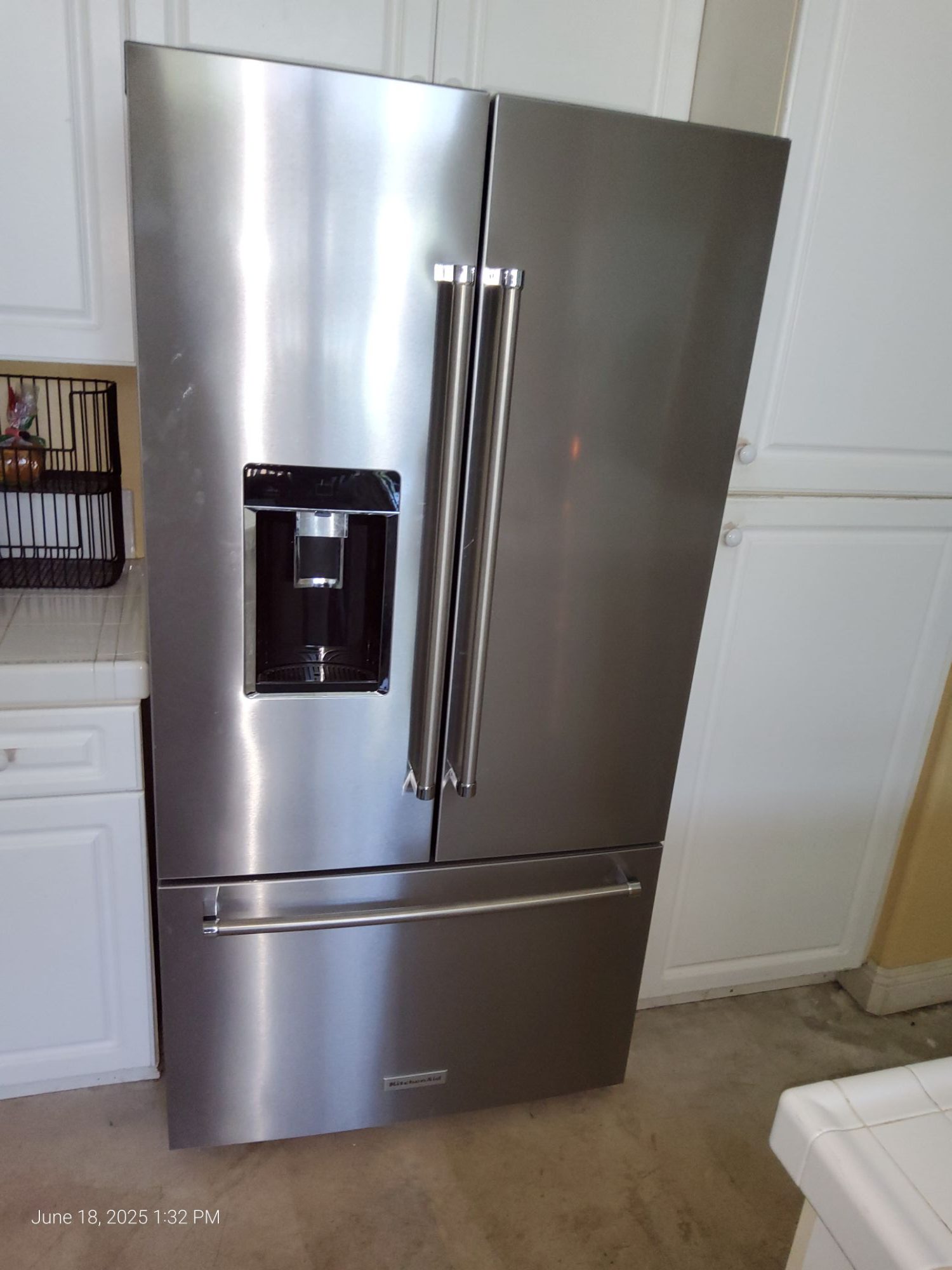Modern freezers are designed for convenience and efficiency. One of the essential features that ensure this is the auto-defrost system, which prevents frost from building up on the walls, shelves, and stored items. However, when this system fails, frost starts to accumulate, affecting both the performance and lifespan of your freezer. Understanding why this happens and how to address it is key to maintaining your appliance and keeping your food safe.
What Is the Auto-Defrost System?
The auto-defrost system is built into most modern freezers to automatically melt away frost and ice buildup. It usually consists of:
- A defrost heater that melts frost at scheduled intervals
- A defrost thermostat that monitors the temperature and ensures the heater only activates when needed
- A defrost timer or control board that regulates the defrost cycles
- A drain system to channel the melted water to an evaporation tray beneath the appliance
When any of these components fail, the defrost cycle may be disrupted, allowing frost to accumulate over time.
Signs of a Defective Auto-Defrost System
Here are the most common signs that your freezer’s auto-defrost system may not be functioning properly:
- Thick frost buildup on the freezer walls or evaporator coils
- Unusual temperature fluctuations — some areas may be too warm while others are overly cold
- Loud buzzing or clicking noises as the system struggles to maintain normal function
- Water pooling inside or beneath the freezer, often caused by a clogged or frozen drain line
- Compressor running continuously in an attempt to maintain cold temperatures
If you notice any of these symptoms, it’s likely your freezer is no longer defrosting properly and needs immediate attention.
What Causes Frost Buildup?
There are several reasons the auto-defrost system may fail:
1. Defrost Heater Failure
The defrost heater is responsible for melting the frost on the evaporator coils. If this component burns out, frost continues to accumulate, eventually restricting airflow and cooling efficiency.
2. Defrost Thermostat Malfunction
This part monitors the evaporator coil temperature. If it fails, the heater may never turn on or may run for too long, leading to frost buildup or inconsistent performance.
3. Defrost Timer or Control Board Issue
If the timer or control board isn’t initiating defrost cycles at the correct intervals, the freezer won’t enter defrost mode, resulting in frost accumulation.
4. Clogged or Frozen Drain Line
When the melted frost has nowhere to go, it can refreeze around the coils or at the bottom of the freezer compartment.
5. Damaged Door Seal
A faulty door gasket can let in moist air, which condenses and freezes inside the freezer. Although this isn’t part of the defrost system, it contributes to the problem and puts more strain on the system.
How Frost Buildup Affects Your Freezer
When frost takes over, it doesn’t just reduce usable space—it also lowers energy efficiency. The compressor has to work harder to maintain the correct temperature, which increases energy bills and reduces the appliance’s lifespan. Over time, severe frost buildup can even lead to complete cooling failure and food spoilage.
DIY Troubleshooting Steps
Before calling a professional, you can take the following steps:
- Unplug and manually defrost the freezer: Leave the door open and let the ice melt. This provides a temporary fix and gives you access to inspect for visible blockages or damage.
- Check the door seals for cracks or looseness. A poor seal allows warm air to enter.
- Clean the drain hole and tube if water is pooling inside the freezer.
However, diagnosing or replacing defrost system components usually requires electrical knowledge and specific tools, making it unsafe for most homeowners to handle themselves.
Professional Repair Is the Best Option
If you suspect a malfunctioning auto-defrost system, the safest and most effective solution is to contact qualified technicians. A professional can test each component using specialized equipment, determine the root cause of the problem, and replace the faulty parts without damaging the appliance.
Preventative Tips
- Avoid leaving the freezer door open for extended periods
- Keep the freezer adequately stocked, which helps maintain a stable temperature
- Schedule annual maintenance checks with a certified repair service
If your freezer is showing signs of frost buildup or isn’t functioning as it should, don’t wait for it to get worse. At Home Appliance Service Center, our experienced technicians specialize in diagnosing and repairing auto-defrost system failures and restoring your appliance to peak condition.
We offer fast, reliable, and affordable service for all major freezer brands and models. Protect your food and your appliance—contact us today to schedule your repair!
Contact us
 619-928-5000
619-928-5000  Request Service
Request Service 
